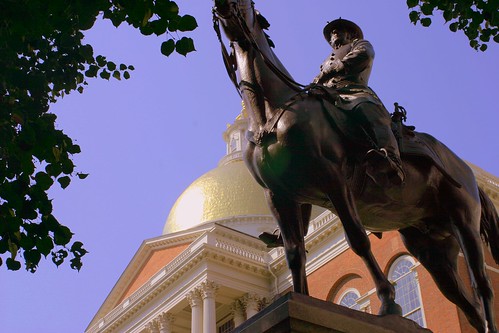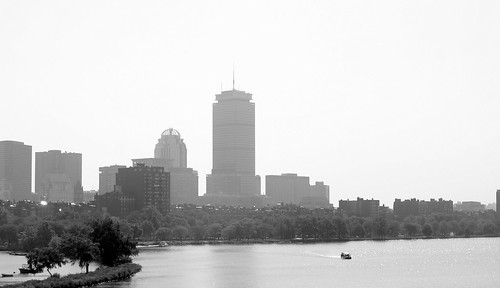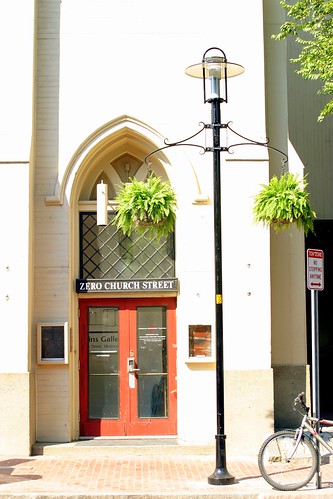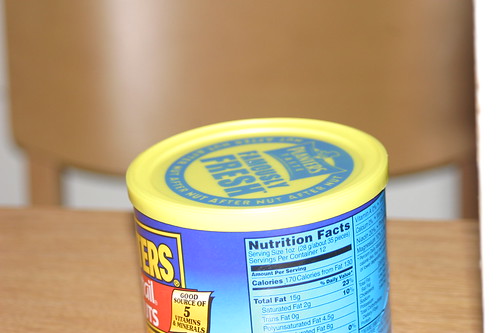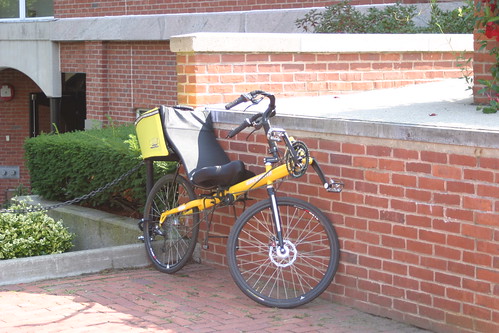I printed a few photos from the Ghana trip at the kiosk in the local CVS. The pictures came out great.
QOOP.com is partnered with Flickr, where I upload all my photos. Oddly, it seems you must be logged into an account at one of their ‘partner’ sites to even see their offerings, so I can’t link you to anything. (And, infuriatingly, site navigation is accomplished via something other than standard HTTP, so hitting “Back” takes you to wacky places. Plus, clicking just on whitespace, which I apparently do fairly often, takes you random places.)
But anyway! I’m tempted to try out some of their products with some of the photos I’ve taken. I think this would make a really cool print, for example. $15.99 buys a 16×20 print. They go up to 30×40 for for $39.99. (The goal is to merge lots of photos, but you can do it with a single one too.) Oh, you can apparently just get prints in the same sizes for the same price.
You can also do a “Photo Book,” 20 double-sided pages. (It sounds to me like it’s 10 sheets of paper, double-sided for “20 pages.”) $12.99. They offer up to 20 pictures to a page, although they come out as small thumbnails. I’d rather go for something like 2. (It’s 40 cents a page extra, and they mention that you can go up to 400 pages…) They have mini-books, too; $5.33 buys a 20-page 5.25 x 3.5″ book. (You must buy in multiples of 3, though.)
Ooh, and canvas prints! Those are super-cool. $29.99 for an 11×14, though, and up from there. A 16×20 is $49.99, and they go all the way up to 30×40, for $229.99.
They also make stuff like greeting cards (neat), calendars (yes!), mousepads (odd), shirts (more odd), and luggage tags (most odd).
I think I want to try a 16×20 print of the Boston Skyline. (Maybe that’s the Charles River and not Boston Harbor?) I think I’ll wait for my eBay auctions to complete first, though, since I feel like I’ve been burning through money lately.


